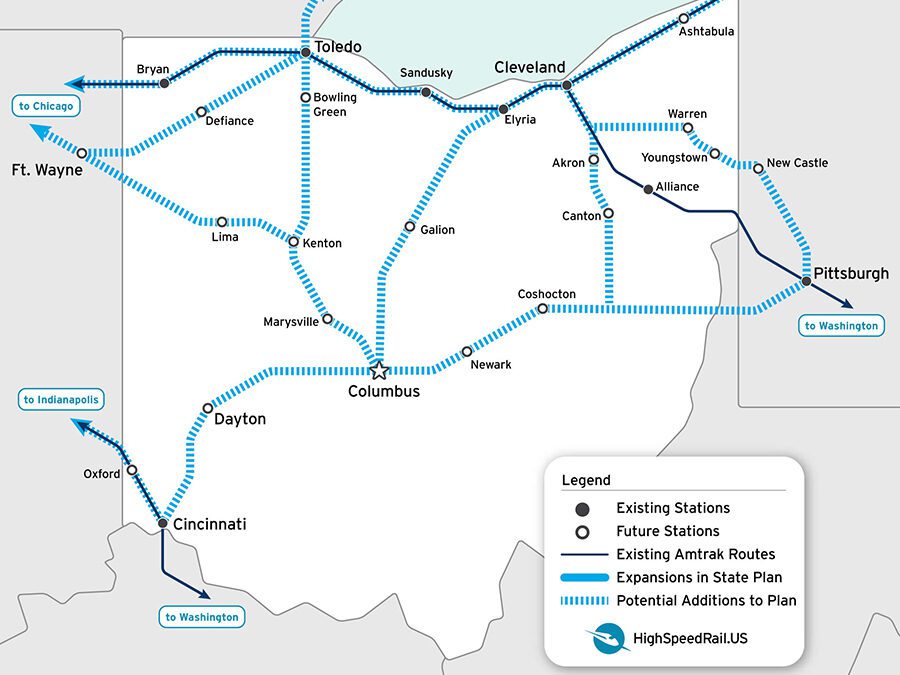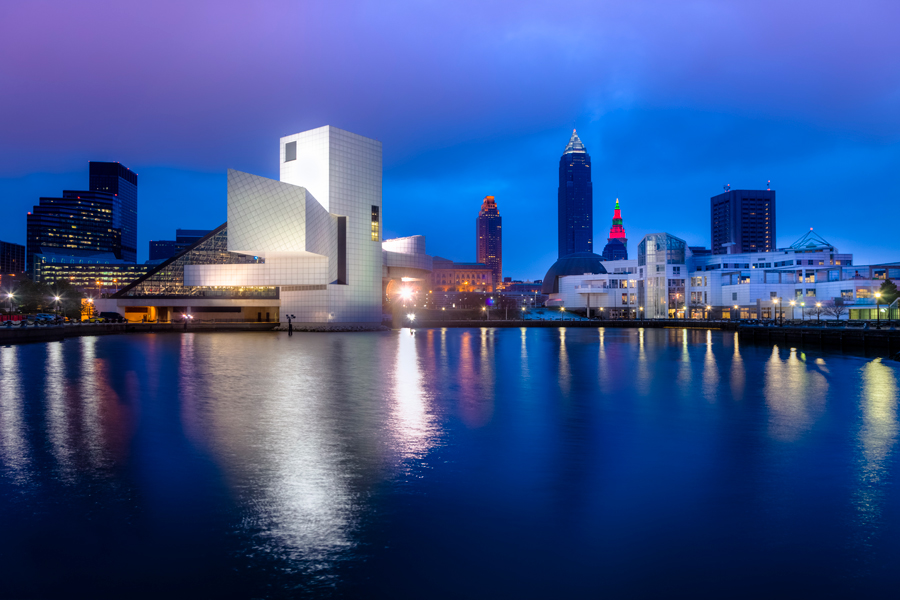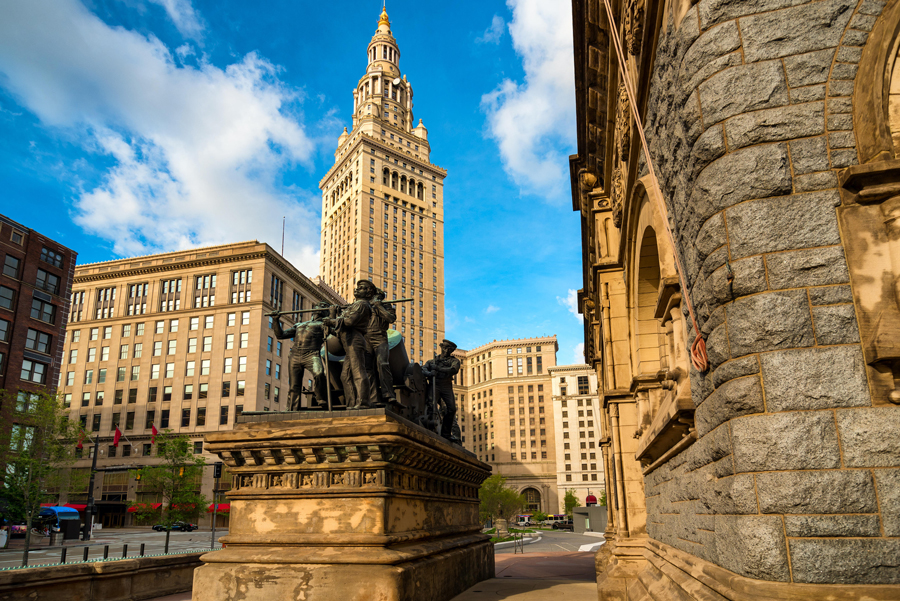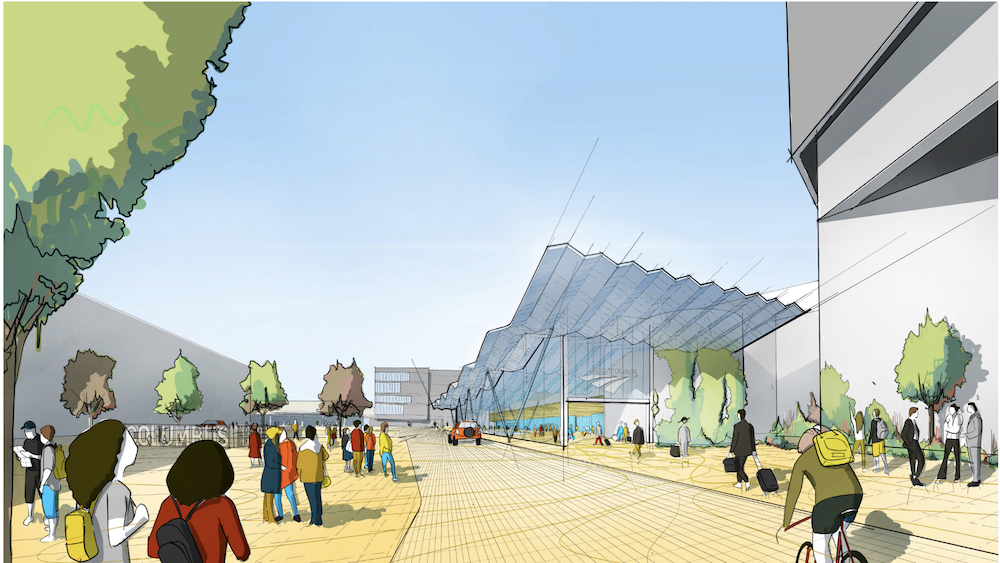Ohio Needs High-Speed Trains
Ohio is the gateway between the Midwest and much of the eastern U.S. It has a population of about 12 million people. Cincinnati and Cleveland are located in the state’s southwest and northeast corners. The capital, Columbus, is right in the middle.
The path from the upper Midwest to New York City runs through Cleveland. Cincinnati is a key link between the eastern Midwest and cities like Louisville and Lexington. And Columbus is roughly midway between not only Cincinnati and Cleveland but city pairs like Indianapolis and Pittsburgh.
With all it has going for it, Ohio should have a thriving network of fast, frequent trains.
Unfortunately, that isn’t the case.
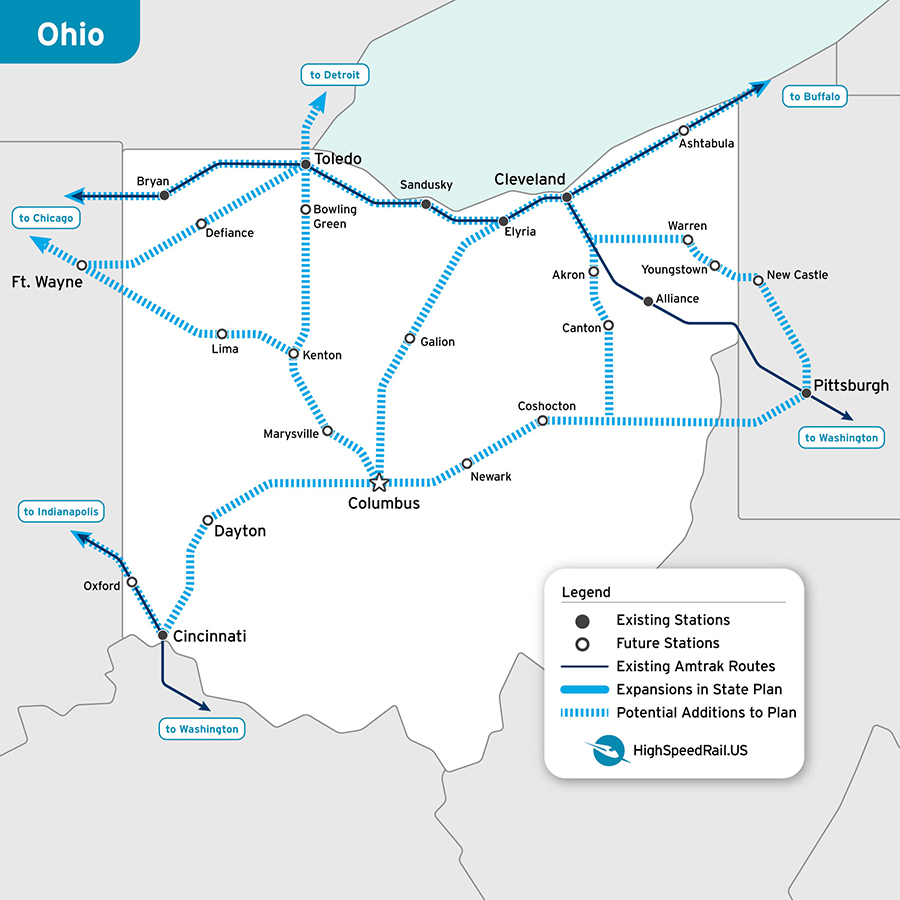
The Subpar Status Quo and the Ohio State Rail Plan
Amtrak serves Cincinnati just three days a week.
The two daily roundtrip trains serving Cleveland arrive and depart in the middle of the night—making it all but useless for people who need to get from Ohio to New York, or vice-versa.
And Columbus is the biggest U.S. city with no passenger-train service at all.
Cincinnati and Columbus are growing at a rapid pace. Both have added hundreds of thousands of jobs in the past two decades. Yet they haven’t been connected by direct train service since 1967. And there are no direct flights.
Not surprisingly, Ohio’s traffic congestion is among the worst in America. Cincinnati alone has two bottlenecks that rank among the top-25 in the entire U.S. And congestion levels in Columbus rank in the top 50 nationwide.
In short: The status quo transportation system doesn’t serve Ohio well on any level. It’s a drag economically, environmentally, and in terms of quality-of-life.
Seeds of Change
Local and state leaders have responded with studies of various sorts. Cleveland and Columbus looked into building a hyperloop line. It wasn’t feasible.
More recently, a proposal by Amtrak to connect Cincinnati, Columbus, Cleveland, and Dayton with daily train service has created some momentum for change.
The Mid-Ohio Regional Planning Commission (MORPC) is sponsoring the plan. That sponsorship meets one of the requirements for projects to receive federal funding. And a coalition of mayors representing all the major cities—plus several mid-sized communities—has expressed support.
MORPC is pressing for not only several daily trains between Columbus and Cleveland/Cincinnati but new service from Pittsburgh to Chicago (via Columbus) and from Columbus to Detroit (via Toledo).
Moving Forward
That’s a good start. The need is urgent. The demand is strong. And there are plenty of examples showing that trains would serve Ohio well.
Take the case of the Hiawatha line between Chicago and Milwaukee. Pre-pandemic, it attracted nearly 900,000 riders annually. Or the Downeaster line, from Boston to southern Maine. It attracted 550,000 rides and was steadily growing.
Those lines cover roughly the same distance as Cincinnati to Columbus, and they’re among the most popular in the Amtrak system. What separates them from most Amtrak lines outside of the Northeast is frequency. Both routes offer multiple departures each day, each way.
That’s a principle Ohio should prioritize as it moves toward a transportation system for the twenty-first century. It’s not just about adding trains—even fast trains. To be competitive, train service must offer people real options. Which means they must be both fast and frequent.
Needed Now: A National Plan
In 2021, the Federal Railroad Administration released a Midwest Regional Rail plan. That was a huge step forward in terms of offering a big-picture view of the possibilities for improving train service in the region.
But it also illustrated the limits of regional planning that’s disconnected from a national plan.
As a gateway state, Ohio’s superpower is its ability to connect the Midwest with much of the eastern U.S. A regional plan can’t capture the power of adding fast, frequent service from Cleveland to New York, for example. And it doesn’t show the potential impact of fast, frequent trains running from Columbus and Cincinnati to destinations all through the Northeast and Southeast.
To capture the transformative effects of those connections—and how all the parts build on and improve each other, across state and regional boundaries—we need a national plan for the U.S. railroad network.
Tell Gov. Dewine and your legislators that you want fast trains
Related Posts
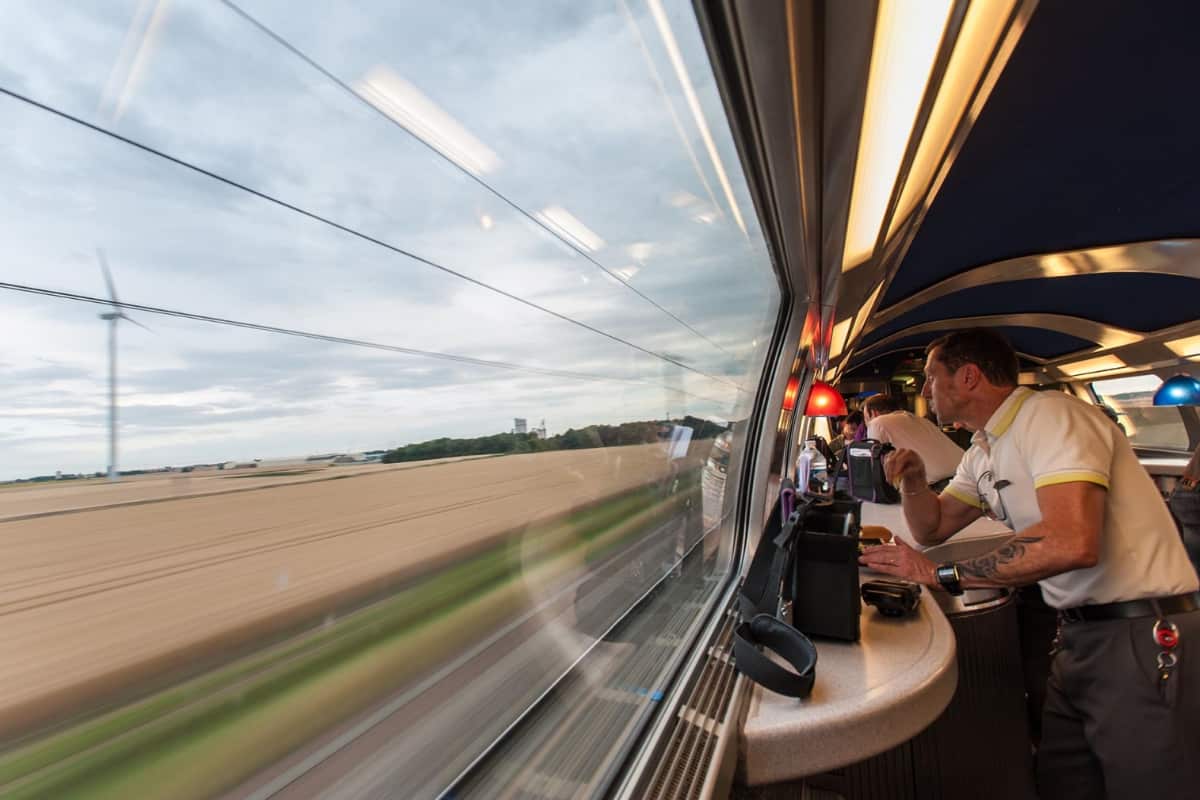
It’s a Beautiful Country
Let’s see it. Let’s clean it. Let’s build it. Let’s make high speed rail a reality.
